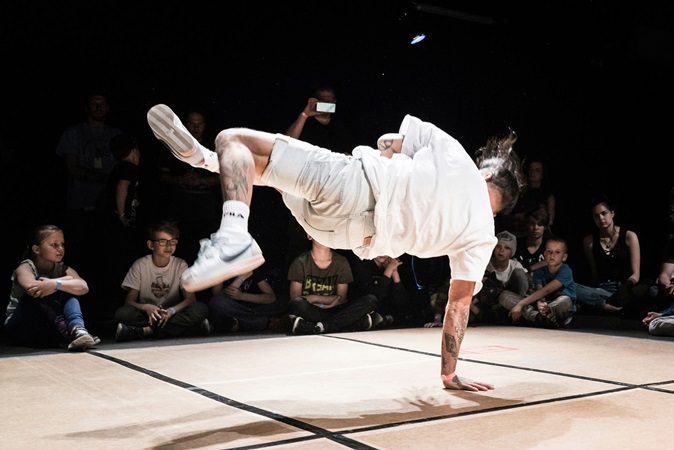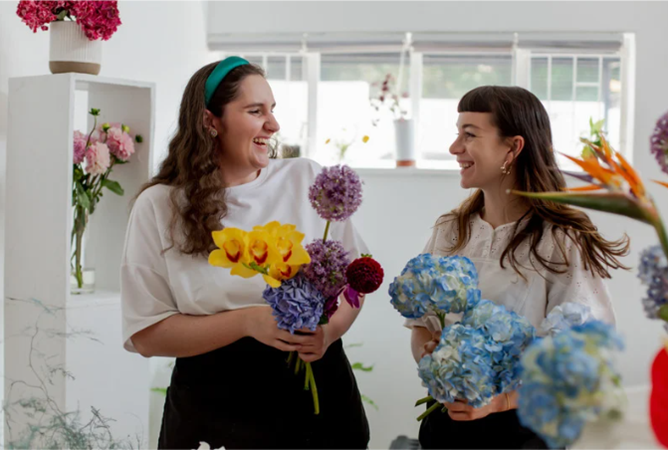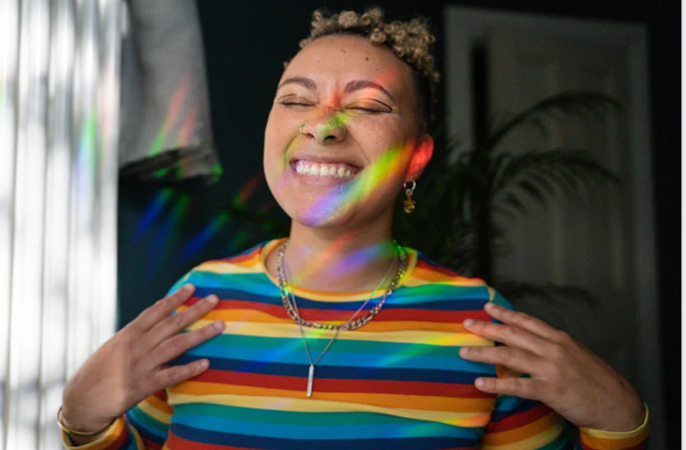The role of marketing in legacy giving
While the pandemic has increased awareness of the role and need for wills and estate planning, it is not a topic that most people feel comfortable talking about. So how do organizations approach this discussion and inspire individuals to leave a gift (donation) in their will? This is where the collaboration between marketers and planned giving officers can make a difference.
Why do we need to focus on legacy or planned giving?
As Canada’s aging population and their net worth are projected to grow significantly over the next 10 years, the largest intergenerational transfer of wealth is expected to take place by means of inheritance. To-date, nearly one-third of Canadian families have received some form of financial inheritance accounting for a total market of $576 billion (source: Statistics Canada). This inheritance value is expected to top $1 trillion by 2026.
With legacy giving, one of the many challenges has been that the work done today may not materialize for years into the future. While in some cases organizations may learn of a donor’s intent to give while they are still alive, most are not aware until after the donor has died.
The charitable sector has been speaking about the importance of legacy giving and the pending wealth transfer from pre-boomers and baby boomers for the last 20 years. Based on recent data from Environics Research conducted on behalf of the Canadian Association of Gift Planners (CAGP), the idea of leaving a gift in a will is still in the early adopter phase, with only 5% of Canadians having done so, though 31% have expressed some interest but have yet to act.
If marketers in the charitable sector can find a way to effectively shift the dialogue in a direction that can capture this wealth by moving beyond the early adopter stage to where discussions about leaving a legacy gift becomes commonplace, the impact on the social sector could be transformational.
The challenge
Despite 20 years of wealth transfer conversations, we are really no farther ahead. Why?
There are a myriad of factors, and perhaps the most basic is that when engaging in this conversation people have to think about and plan for their own death, and when combined with talk of money, this makes the discussion more challenging.
Other factors that need to be taken into consideration before engaging in this conversation include understanding the cultural norms about both topics. This is increasingly important given the diversity of the Canadian population.
As legacy donations are typically realized years after the relationship has been cultivated, for many smaller charities, it is difficult to make the investment in either staff training or the marketing needed to attract legacy donations.
There are other internal challenges, such as the lack of education by development professionals on legacy giving and its financial and legal technicalities, and the perception of internal competition. Do you want to solicit a donor for a current gift or have the conversation on legacy giving? At what point in the relationship is it appropriate to bring up the topic?
As a marketer, the question is why not have both conversations? It unlikely (though not impossible) that a donor is going to leave a gift in their will to a charitable organization without some pre-existing relationship.
The other challenge is the terminology -- legacy giving, planned giving, gifts in your will are all terms used in the sector. Our own discomfort in speaking about death and money is highlighted when we cannot land on a term that everyone, including donors, understands.
What role does marketing play?
Canadians typically change their wills only as a result of a major “life event,” such as marriage, divorce, the birth of a child or grandchild, etc. These are typically not predictable events and emphasize the importance of brand building and awareness so that when the time comes, potential donors think of your organization.
Stop the jargon
This is a conversation about the financial impact a donor can have after their death, but we couch it in euphemisms. “Estate planning.” “Planned Giving.” It is time to speak in plain language to donors. Let them know what “the ask” is and why it matters.
Change the narrative from mechanics to impact
There has been a lot of energy devoted to educating donors about “how simple it is” or “these are the many ways you can leave a legacy.” It is time for the sector to move away from trying to motivate donors by featuring the mechanics or process of leaving a gift in their will.
The key is to focus or feature the impact that those gifts can have. As with all charitable giving, it is critical to inspire by creating an emotional connection with the donor about why their gift matters.
Understand the barriers and help address them
An emotional message that speaks to the impact of gifts, combined with messaging that addresses perceived barriers, can make for a winning campaign.
So, what are the barriers? CAGP research has identified that donors have an overwhelming desire to provide for their families. It is this single factor that 67% of Canadians say prevents them from leaving a gift to charity. They do not realize that they can do both. Unless and until charities address this barrier, it will be hard for legacy giving to become the norm.
While CAGP, through its Will Power campaign, is taking steps to both inform and educate Canadians that they can do both, this campaign is in its infancy.
Whether part of the Will Power campaign or not, each charitable organization should be working to understand their donor motivations, educate their staff and clearly communicate the impact that a charitable gift of this type can have. After all, the best prospect for a gift in a will is from a donor who already understands and engages with your cause.
Develop a strategy
It is time to stop viewing this as strictly a 1:1 discussion: marketing strategies and tactics will help pave the way to realizing more gifts. For example, a deep understanding of the decision journey is important. Organizations need to have a solid appreciation for donors’ motivations for giving in life (by donor segment), this can help create messages for leaving a gift after death. This information can be used in marketing and in conversations with fundraising professionals.
Best practices such as always-on are also important. This gives both the donor and the fundraiser the opportunity to open the conversation at any point. As individuals do not tend to change their wills frequently, it is important for the donor to have an understanding about charitable giving AND for that charity to be top of mind when the will is being updated.
The bottom line? Ensure that your marketing addresses the number one barrier to a gift (that donors do not have to decide between a gift to their family or a charity) all while emphasizing the impact that gifts left in a will can have. Make the ask and keep conversation channels open.
Authors:
Tamara Pope, CM
Vice President, Marketing and Communications, Hamilton Health Sciences Foundation
Allen Davidov, CM
Senior Vice President and Practice Leader, Environics Analytics
Rachael MacKenzie-Neill, CM
Vice President, Marketing and Development, BGC Canada


































